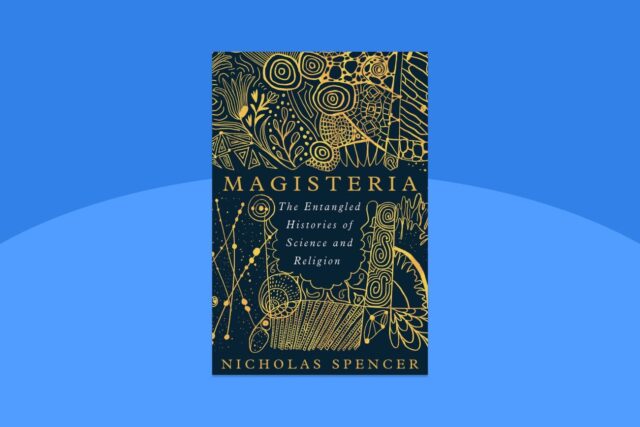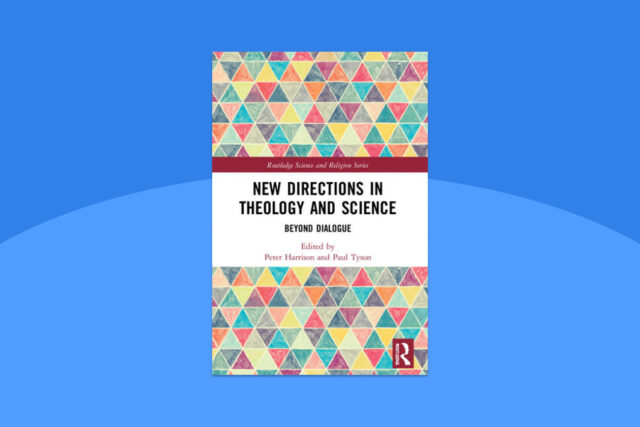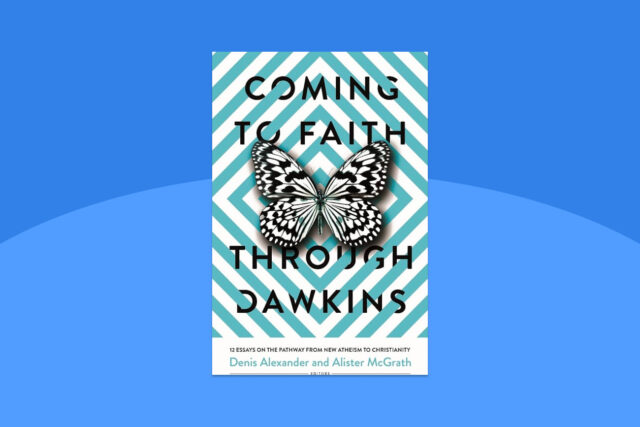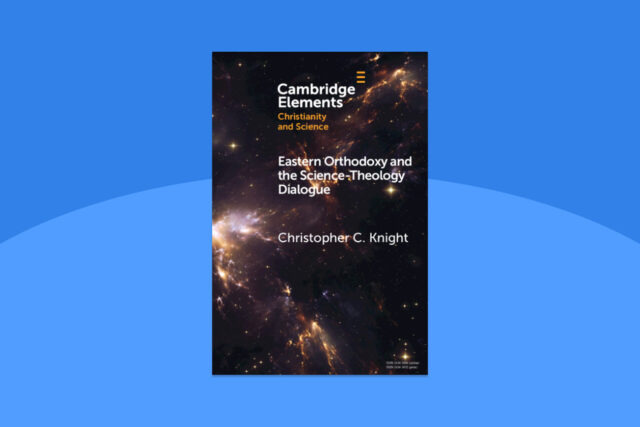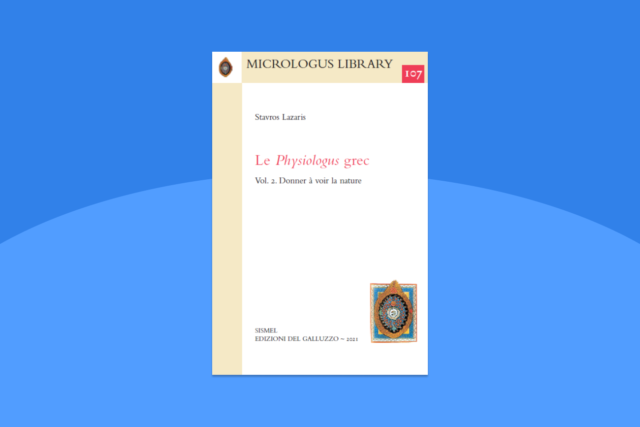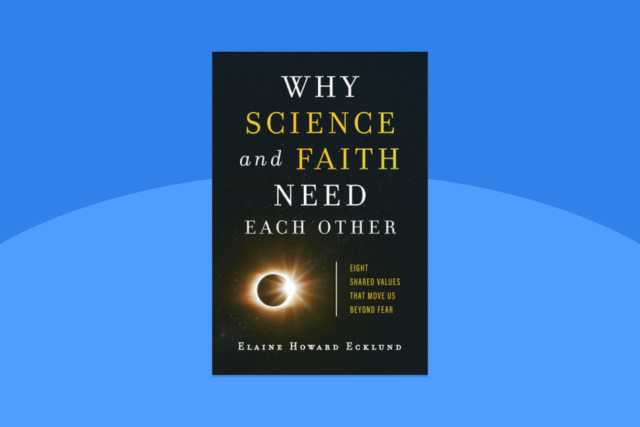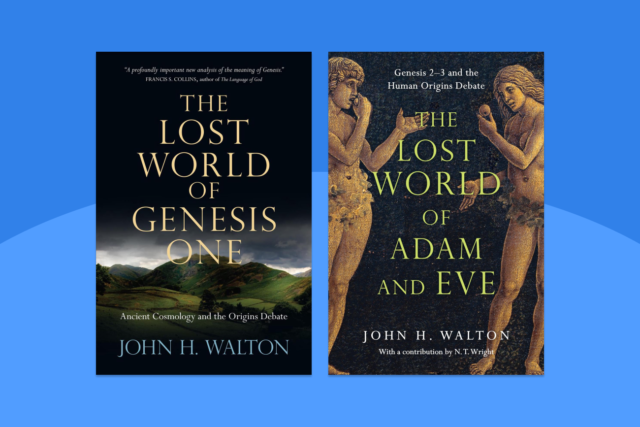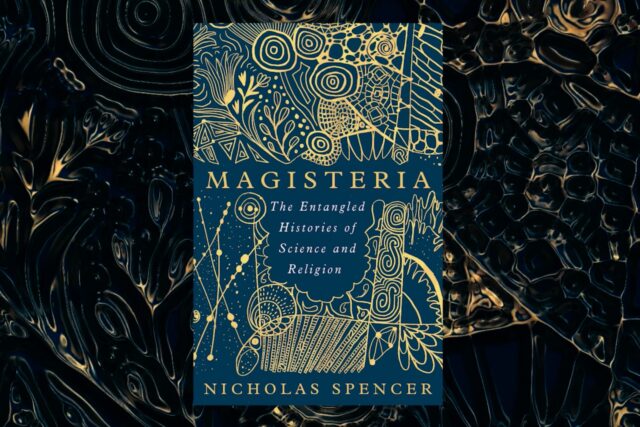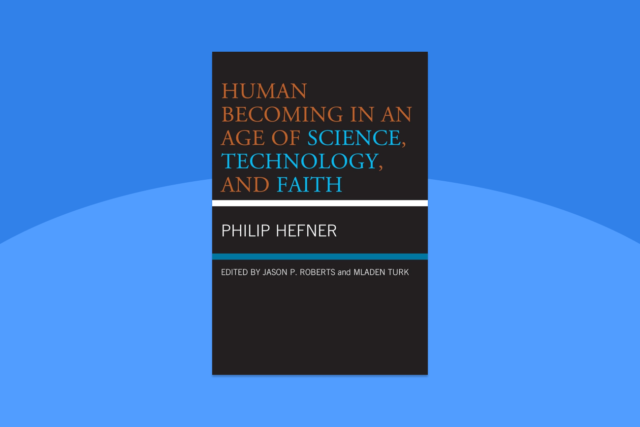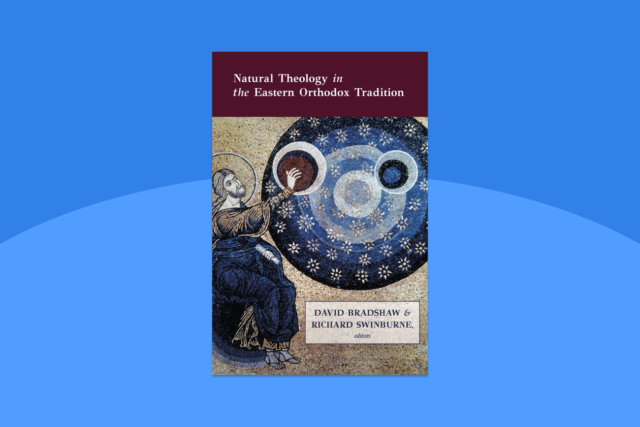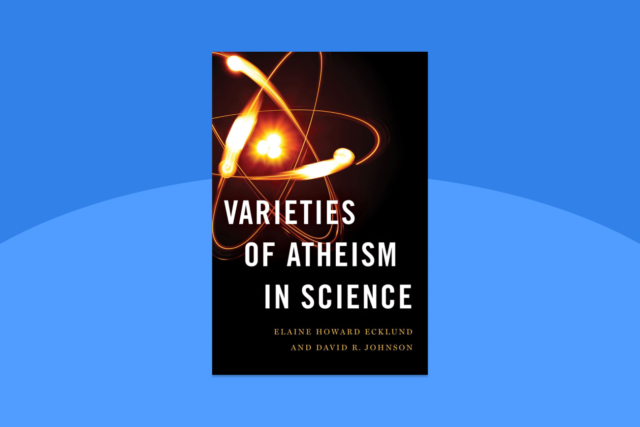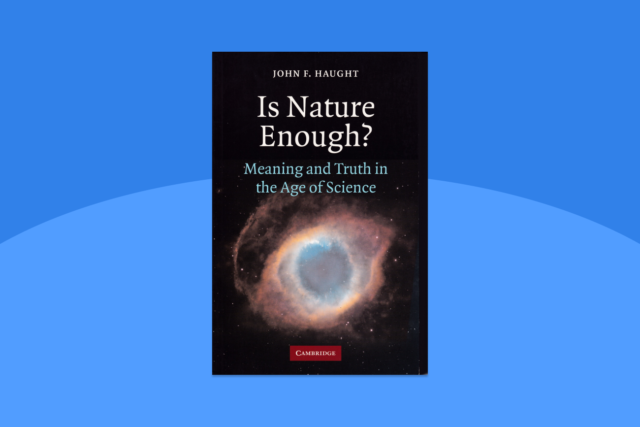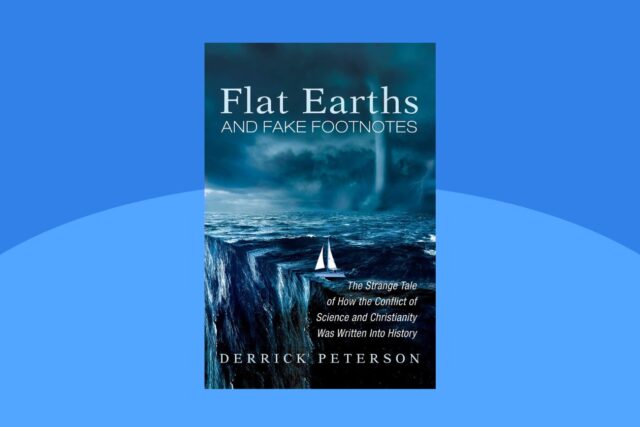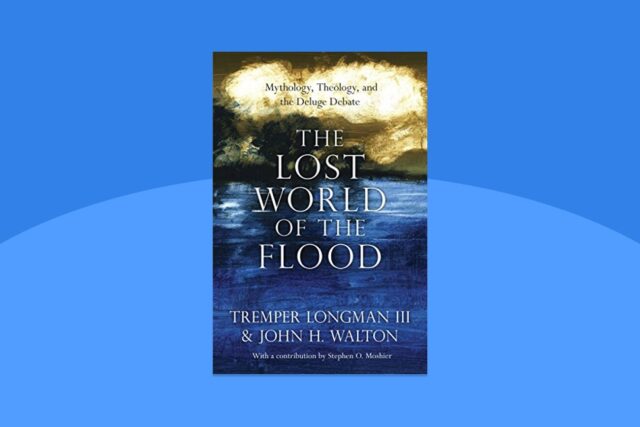
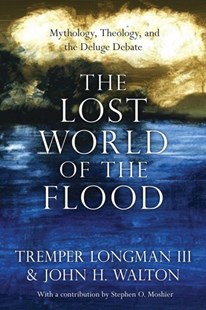

17 December, 2020
Review of The Lost World of the Flood: Mythology, Theology and the Deluge Debate by Tremper Longman III and John H Walton (with a contribution by Stephen O. Moshier).
Reviewed by Loraine Holley
Overview
Within our culture, the flood story in Genesis has spawned a rich array of interpretations as evidenced in babies’ and children’s picture books, toys of arks and animals, as well as numerous Sunday school lessons, church sermons, television documentaries, movies, theme parks and museums to name a few. Most of us have been raised within these various interpretations of the flood story and they will have coloured, whether we are aware of it or not, our understanding of this story. The story has also fuelled and continues to fuel emotionally charged debates and arguments of a scientific, historical, and theological nature bringing into question the “truth” of the Bible and of science.
Enter Longman and Walton with their book, one of a series of Lost World books, which asks the reader to rethink and reimagine the modern interpretations of the flood story. Walton is Professor of Old Testament, Wheaton College and Graduate School. Longman is Distinguished Scholar of Biblical Studies at Westmont College. Moshier, who contributed a smaller part, is Professor of Geology, Wheaton College. These authors bring to life the culture and lives of Ancient Near East (ANE) peoples and contrast them with our twenty-first-century “cultural river.” Through an understanding of this ancient world culture, thought, and worldview, Longman and Walton reconcile the Bible/science question generated by the flood story without dismissing the veracity and integrity of either side.
The book is set out in 4 parts:
1. Method: Perspectives on Interpretation;
2. Background: Ancient Near Eastern Texts;
3. Text: Understanding the Biblical Text Literarily and Theologically;
4. The World: Thinking about Evidence for the Flood.
Within each part, chapter headings are in the form of a proposition (statement) and the rest of the chapter provides evidence, argument, and persuasion to support that proposition. If you haven’t read any of the previous Lost Worldseries books, then the style might take some getting used to.
Parts 1 and 2 explore, in a readily accessible manner, the literature and linguistic style of original Hebrew manuscripts making up Genesis 1–11, other original, extra-Biblical manuscripts of a similar era, and archaeological evidence. The authors contend that more accurate interpretation of the OT must be set within this “lost” world of ANE language, culture, and thought and not within our twenty-first-century, scientific culture and understanding of the world.
The first proposition, “Genesis is an Ancient Document,” argues the case for deep cultural understanding of “how the ancients thought and what ideas underlay their communication.” The authors set out to assure the reader that their interpretative approach of reading is not dismissive of the authority of the Bible nor of God’s revelation through the Bible or of the “clarity (perspicuity) of Scripture propagated by the Reformers.” A fuller exposition and argument for this interpretative approach can be found in The Lost World of Scripture.
In Proposition 2, Longman and Walton claim the Genesis 1–11 narratives (and hence the flood events) are about historical and real events, but the real focus and significance of the narratives are theological. The authors state that Gen 1–11 should be interpreted by focussing “not in what happened but in why it happened,” as they argue that the cultural norm of the ANE peoples is to view all events and the world in which they live as being controlled by gods and inherently spiritual. The Israelites, another ANE peoples, also lived immersed in a spiritual worldview and not in a material, scientific worldview as we do.
Propositions 3, 4, and 5 suggest that all language and communication (oral or written), utilise many and varied linguistic and rhetorical devices to shape the message for and to the intended audience. Further, these chapters emphasise the importance and necessity of understanding these usages, in order to faithfully and accurately interpret and reconstruct the intended message.
Walton and Longman consider the main rhetorical device used in ANE literature and in Gen 1–11 is hyperbole: “In our opinion, hyperbole permeates the account of the flood,” where it is used to emphasise the important theological significance of events with less importance placed on the event itself. They draw an analogy to a common modern usage of hyperbole such as “this suitcase weighs a ton,” emphasising that someone has packed lots of stuff! Examples they give of hyperbole used in the flood account include the all-pervading evil of the whole world, the source of the flood waters (from the deep and from the heavens), the extent and height of the flood, and the size of the ark (larger than any wooden boat ever built). Analysis of the ark size against other historical wooden boats as well as a critique of the ark in the young creationist museum in the USA is detailed.
While Proposition 6 draws together the threads of the rhetorical argument to firmly nail the authors’ colours to the “Genesis 6–8-is-narrating-a-global-event” mast, the chapter quickly recognises the lack of any geological evidence supporting a worldwide flood. This tension between their contention that Genesis 6–8 does portray a global flood account and their acknowledgment of the lack of scientific evidence of such a global flood is not relieved in this chapter but their strong and persuasive argument for the rhetorical device of hyperbole as an interpretative tool gives a foretaste of how this tension might be resolved which they exhaustively cover in Part 3.
Part 2, comprising two propositions, discusses other ANE accounts of the flood story and compares them to the Genesis account. The other ANE accounts covered include the Sumerian text of Eridu Genesis, the Sumerian King List, the Akkadian texts of the Gilgamesh Epic and the Epic of Atrahasis, and the most recently discovered tablet (in 2014) ark construction.
The comparison of the flood narrative in these other ANE texts and the Genesis accounts is detailed and exhaustive. They compare and contrast the portrayal of the gods, the reason for the flood, the extent and duration of the flood, the main character (the hero), what and who are spared, the physical boat, the mechanisms of the flood, the landing place, the birds, sacrifice, aftermath and fate of the hero, the historical context and the purpose for the written account.
Walton and Longman conclude that well before written history, a devastating (not worldwide) flood killed many people. An oral account was passed from the witnesses to the flood down the generations to the various peoples and groups who “float in the same cultural river.” While there are great similarities among the facts of the various stories, the purpose of the written account in Genesis, Walton and Longman conclude, is inspired by what God was doing in and with the flood and is “an important vehicle to deliver a significant theological message” to the Israelites which was different to the other peoples around them. They conclude that the Genesis account is not a copy of other ANE texts. Rather it is one of many different accounts of a familiar oral story embedded within the whole ANE culture.
These two chapters are dense and packed with excellent research in a very readable form. Worthwhile reading especially if this is the first time exploring other ANE accounts.
Part 3 then delves into the biblical text. Here the authors argue for a literary and theological focus as being a better key to understand and interpret the Genesis text rather than our modern scientific, historical, and factually “correct,” event-driven method of interpretation.
Proposition 9 revisits the rhetorical, literary devices used in the Genesis text to emphasise important theological messages. Beginning with a clear recap of the main conclusions reached in Parts 1 and 2, the chapter proposes two theological reasons for the narrative and thus the use of the rhetorical device of hyperbole. The first theological purpose is the judgment of God in response to “moral degradation” and the second is Walton’s development of his order/disorder theme which he expands in Propositions 11 and 12 and in greater depth in his Lost World of Genesis One.
This chapter largely surveys how the flood story is adapted and developed to support this judgment theme within second temple texts (1 Enoch) and in Matthew and 2 Peter. Walton and Longman argue that these inter-testament and New Testament authors (including Jesus) used the flood story, depicted in Genesis as a worldwide event, with its dramatic consequence and theological import, to make their own theological point, pertinent for their audience. They were not concerned about scientific evidence.
In Propositions 10–13 Walton and Longman explore the pattern and purpose of the stories within Genesis 1–11.
Proposition 10 places the flood story within the greater narrative of sin, judgment, and grace, which is a constant refrain up to the Abrahamic covenental story.
In Proposition 11, the disorder/order theme to understand the creation account of Gen 1–3 is articulated. Then a parallel disorder/order theme for the flood account in Gen 6–9 is developed. As the penultimate paragraph states, “the flood account specifically has the role of showing how God re-established order after bringing the waters of the nonordered cosmos to wipe out the disorder that had come to dominate the antediluvian world. In this way the flood account recapitulates creation. That is why the narrator includes the story.”
Propositions 12 and 13 discuss the “Sons of God” and the “Tower of Babel” episodes. Walton and Longman argue that the import of these inclusions is not with the stories themselves but in the use the narrator is making of the stories within the whole of Genesis 1–11. They suggest the compiler/s of Gen 1–11 are using recursive narratives with these events “that characterised their respective antediluvian and post-diluvian eras. Both of these represent the potential restoration of the presence of God.” (I didn’t think these two propositions added to the purpose of the book.)
In Part 4, the authors explore scientific evidence for a global flood. Proposition 14 provides evidence that a number of major, catastrophic but local flooding events occurred in the ANE region in an era before the invention of writing. It suggests that one of these many local events could have been the inspiration for the biblical account and thus concludes the Genesis flood story is based on an historical, local flood event.
Proposition 15, written by Stephen O. Moshier, is an in-depth and densely packed chapter on the geological evidence for significant floods around the world and the controversy in interpreting the evidence. It is clear Moshier supports the no-global-flood position. Under five categories of geological evidence used by a “leading organisation promoting a global flood,” Moshier states their claims “misrepresent what is actually known about geology.” He canvasses the evidence and discusses its interpretation by the global flood proponents under the following categories:
1. Seashell fossils in rocks above sea level
2. Rock layers over entire continents
3. Rapid deposition of sand carried across continents
4. Layers made in rapid succession
5. No slow and gradual erosion
This chapter is very technical and detailed.
Consideration is given to the many flood stories from around the world in a short chapter in Proposition 16 and whether these different flood stories can prove there was a worldwide flood. The authors give a resounding “No.”
The final proposition draws the various threads together and tackles the science (there is no evidence for a global flood) versus the Bible (the flood story narrates a global flood) dilemma: Is science or the Bible right? In this chapter the authors answer this question (both are true) by agreeing God reveals himself in both nature (science) and the Bible (faith) and by the necessary careful and considered interpretation of both scientific evidence and Scripture. Longman and Walton propose that the interpretative lens of hyperbole, as a common literary device in ANE literature, can readily square the biblical account of the global flood story with lack of scientific evidence for any global flood, leaving both Bible and science with intact reputations.
Supporting their rhetorical literary approach to understand and reinterpret difficult and unclear passages and their affirmation that “the Bible is indeed inerrant in all that it intends to teach,” they appeal to past heavyweights including the Westminster Confession of Faith, Augustine, the Song of Songs, and the heliocentric controversy of Galileo. Walton and Longman then stress that Scripture informs science through a God-created universe of order and consistency, with science unable to proclaim religion is false.
The concluding chapter recaps the main arguments which I convey using the authors’ own words:
1. “Methodologically, we have noted that events are not authoritative; interpretation of events by the biblical authors is what carries authority.”
2. “Since Genesis is a literary representation that has been constructed rhetorically to achieve theological purposes, we should not expect to be able to use it to reconstruct real events.”
3. “In the literary development of Genesis 1–11, the author/compiler interprets the flood as parallel to creation … [and] to the covenant, which stands as a strategy to extend order.”
4. “In the theological development, the account [of the flood] provides yet another example of sin and judgment.”
5. “The flood narrative … provides the back story for the covenant with Abraham and his family.” “God extends grace to humanity through the covenant.”
6. “The interpretation of the [flood] account in Genesis is dramatically different from what we find in Mesopotamian tradition.”
7. “If asked, Was the flood global? Our answer would be Yes, it is global in its impact and significance, yet we have no reason to think that its physical scope and range was global. Since the Bible uses the rhetoric of hyperbole to describe the flood, it does not claim that the flood was universal in its physical scope and range; it rather portrays it in universalistic terms for rhetorical effect.”
8. “If we turn to science we find no evidence that suggests a global deluge. If science does not suggest a universal event, and the Bible (in our nuanced interpretation) does not claim a universal event, we have no reason to conclude that it was a universal event.”
9. “[The conclusion above] would diminish neither the authority of the text nor the significance of the event as unfolded in the interpretation of the author of Genesis.”
Commentary
I have read other Lost World books which helped me with the style and format of this book. The book is detailed yet readable with references to more in-depth books on the various subjects covered here.
In case anyone is wondering about their Christian “stripe,” Longman and Walton, throughout the book, are at pains to show their reformed orthodoxy with very clear and unambiguous statements affirming that the Bible has authority; it is God inspired; it is inerrant; it is clear on the gospel, that is, I am a sinner, I need help, Jesus died and rose to save me from sin and death and I must put my faith in him; and that it contains a clear plot—creation, fall (sin) redemption and consummation).
Longman and Walton have used an interesting and persuasive tool (the rhetorical device of hyperbole) to explain the biblical account of the flood and thus align it with our current scientific understanding. Throughout the book, the reader is constantly reminded to remove the cloak of modern scientific thought when viewing the world (our “cultural river”) and humbly replace it with an appreciation and respect for the ancient worldview of gods governing the world (their cultural river). I found it difficult to initially recognise how ingrained and inherent my cultural and scientific background is and how it governed my interpretation of the world. When I recognised this, I could then transport myself to the ancient world and more fully understand Walton and Longman’s arguments and discussion. Many times, I put the book down so I could absorb and appreciate a new way of viewing a passage of Scripture.
I found the book rigorous, readable, and absorbing. This approach to interpreting the flood story supplies a cogent and thorough explanation of the biblical story, respecting the veracity of both this ancient Israelite story and modern science. Highly recommended.
Loraine Holley lives in retirement in with her husband, 2 young adult sons and other children who come into her care through emergency, respite, and short-term foster care. She has a PhD in Science and a Masters of Laws. She was an Associate Professor in the Science Faculty of UTS for over 25 years. Her research interests in medical device technology focused on implantable cardiac devices and safety and regulation of medical technology. Apart from her academic appointment, she has worked in R&D in private industry and for a short time in a medical physics hospital department. She was for more than 20 years, a member of the Australian Government statutory Medical Device Advisory Committee of the Therapeutic Goods Administration and its predecessors and was a member of the Therapeutics Goods Committee for over 12 years and its Chair for 3 years. In her spare time, Loraine enjoys reading and discussion on history, theology and biographies, tennis, bridge, additive sculpture and gardening: but coffee with friends is her favourite activity.
